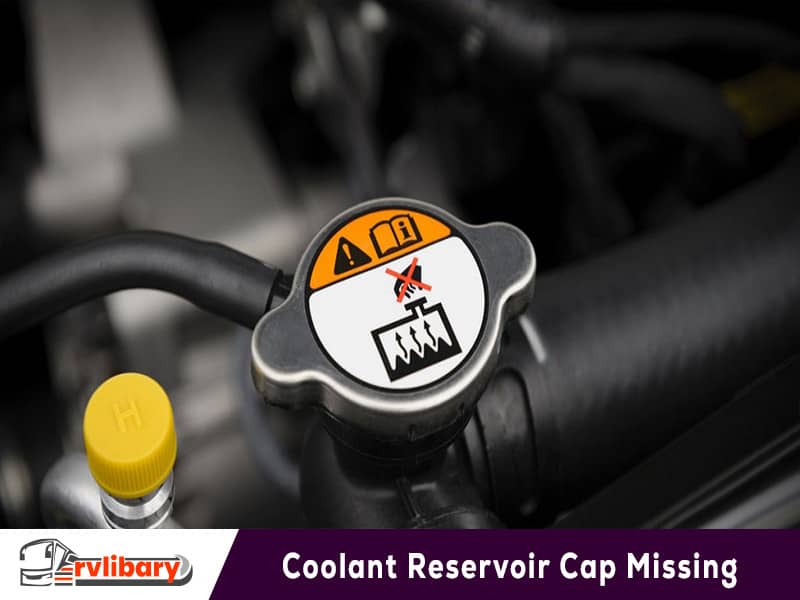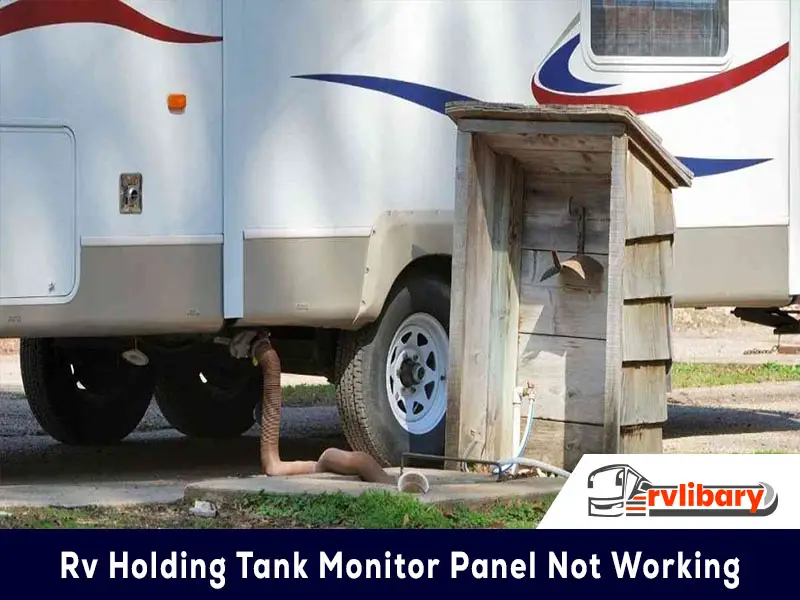Car’s hood becomes hot after it has been running for some time? If you pull up the bonnet, you’ll notice that your coolant reservoir cap is missing.
So, what to know when you notice your coolant reservoir cap missing?
Let’s first look at how the entire cooling system works. The radiator works to cool the engine when it produces heat while the gas burns. The engine will overheat and break down if this heat is not properly vented. The cooling system is the main key that keeps this from happening.
But to get the full explanation, we’ve prepared an entire article for you.
Let’s dive into the details, shall we?
What does a coolant reservoir do?
The coolant reservoir is a storage that holds the engine’s coolant. Engines have a kind of cycle that expels and absorbs coolant to warm up and cool down.
When the engine gets cold, the cooling system’s pressure drops automatically, requiring more coolant. Conversely, when the engine is warm, the pressure rises, and thus less coolant is required.
Because it’s pressurized, the coolant reservoir is an important aspect of engine safety. It’s also a part of the cooling system, any problems can cause problems with the engine.
Connection to the Engine
Vehicles has a cooling system attached to the engine to provide a suitable outlet for the heat and to keep the engine cool. This system consists of pipes or tubes which pass around the engine to keep it cool with the cooling liquid.
A pump fluid up the coolant and pushes it through the pipes. These pipes connect to the radiator and pull the heat from the liquid. It directs it out of the vehicle.
Coolant Reservoir Cap Is Missing
The reaction actually depends on your car making and the model of it as well as the coolant system installed.
Non-pressurized coolant system
This coolant reservoir is a separate component that holds coolant when not in use. There is no pressure buildup inside the coolant reservoir in this scenario.
Dirt and debris dropping into your coolant is a problem if your cap goes missing. If the reservoir is recently filled with coolant, it will definitely spill on a bumpy road.
This sort of coolant reservoir is commonly found in older car models and trucks. It can contribute to a truck stopping at 100 mph.
Pressurized coolant system
Now here’s where things are a little complicated. The coolant reservoir has a direct connection to the radiator in a pressurised coolant system.
After the coolant cools the radiator system, the coolant is then released back into the reservoir. This increases the efficiency of your vehicle and lowers the expense of refilling the coolant reservoir. It definitely benefits you in every way.
There is no manufacturer for the cap in some variants of a pressurized coolant system.
Solution
Facing this problem you need to know about the alternative solutions to remedy this situation. The easiest way is to replace the coolant reservoir cap to buy a new one. Many off-market coolant caps on amazon or at a local car parts shop.
These off-market coolant reservoir caps are some of the best. With great build quality and durability, they will give you the best performance.
If you don’t solve this problem, your engine, along with other parts would get damaged. Like your car’s battery could have problems.
Makeshift Solution While On The Road
Create a temporary solution if the reservoir cap gets missing while on the road. We have some ideas that you can use while you’re in a rush.
You can use tinfoil or aluminum foil and wrap it around the coolant reservoir opening. Then tie the foil with some wire or thin rope tightly.
Another alternative solution would be to cover the opening with some kind of flat-surfaced steel or plastic cap.
These are the temporary solutions. It means you can not use them for a long time. Make sure to head for a car shop as soon as possible. You may need a good-quality ladder jack for your repair works.
That’s all we have for you!
FAQs
Q: Can you drive without a coolant reservoir cap?
Answer: Yes, you can drive without a coolant reservoir cap. As it doesn’t obstruct your vehicle from running. But there is the possibility of the engine heating up and the coolant will boil and overflow.
Q: Can a missing reservoir cap cause overheat?
Answer: Yes, a missing reservoir cap can cause overheating in the long run. It may not result in overheating immediately but it can get worse from time to time.
Q: How do I know if my coolant reservoir cap is bad?
Answer: It occurs when the cap’s pressure is insufficient to prevent it from overflowing. If you’re having these issues, you likely need to replace the cap on your vehicle.
Q: How much does a coolant reservoir cap cost?
Answer: An individual coolant reservoir cap costs approximately around $10 and about $100 – $150 to get the entire coolant reservoir kit. However, the price may differ from one location to another.
Conclusion
If you drive with a coolant reservoir cap missing, your car engine’s coolant will constantly leak. It’s better to fix it before things get out of control.
So, if your coolant reservoir cap is missing, get a replacement by the professionals.
Adios!


